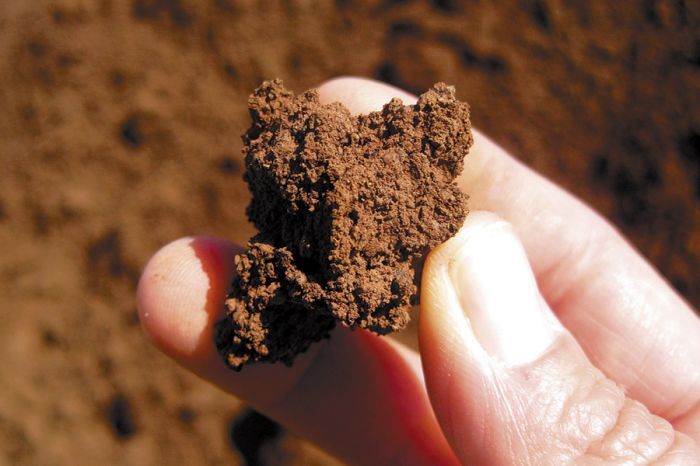Unearthing an Epic

By Hilary Berg, OWP Editor
Similar to last year’s April edition, OWP is exploring Oregon’s AVAs (American Viticultural Areas). Unlike last year, we have an added region to discuss, bringing the total to 17. The state’s newest, Elkton Oregon, is a sub-AVA of the Umpqua Valley. Winemakers and growers in the area are ecstatic, as an AVA designation can be a powerful marketing tool.
I wish the small group of wineries — not exactly small in area, though, with 74,900 acres — great success in telling their story. An engaging narrative is crucial in the increasingly-competitive world of wine. Of course, consistent quality from vintage to vintage is the best way to build customer loyalty; but a memorable story — along with a compelling label and fair price — is essential to “moving pallets,” as they say in the biz.
Along with the region’s story, they are many other tales to be told. For example, the winery’s history, the owners’ backgrounds, the winemaker’s quirky personality — John Paul of Cameron, I am writing about you — the beloved winery dog ... the list goes on. Then there’s the story of the vine and the wine, which begins with the soil.
Many don’t realize that soil has its own magnificent, multi-chapter saga filled with a number of possible epic events: massive floods, volcanic eruptions, ancient seas turned solid ground… A soil’s history is complex with layers — soil scientists call them horizons — and utterly sublime when you realize how many millions of years it is in the making.
Wanting to learn more about the many types of soil, I assigned four talented writers to cover all 17 AVAs. I also called on gracious fellow winegrowers to send me specific soils from their vineyards.
One by one, zip-locked bags arrived in the mail and were couriered to my office with curious looks from co-workers walking by, seeing the growing stash of, well, dirt. After explaining my idea for a photo illustrating the visual differences among soils from across the state, many were intrigued, lingering to examine all the samples. In response, I was eager to open the bags, offering those who wanted opportunities to get their hands dirty.
It was almost like the sacks of soil were calling my peers back to their much younger days of playing in the dirt. Of course, everyone handled the samples with a great amount of professional control — unlike kids in a mud pit.
As the bags accumulated, the differences in texture, color and moisture were striking. The most surprising was from Zerba Cellars in the Walla Walla Valley. Inside the bag were good-sized rocks — one even slightly bigger than the palm of my hand. This particular “soil” had most everyone intrigued, wondering how a vine could be planted and survive in such rocky terrain. I told them how struggling vines produce better wines.
After the final bag arrived, it suddenly struck me how every single one had a unique story to tell. And being able to touch, interact with each one, I became impassioned to pass their histories along.
So here I begin, “Once upon a time…” Click here to find out what happens next.










